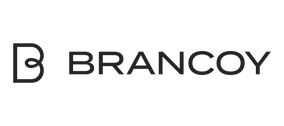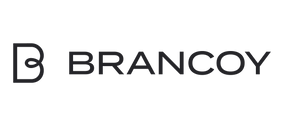SEO-friendly product descriptions combine search engine optimization (SEO) and persuasive writing, creating a strong foundation for your online store's digital sales. They improve both search engine visibility and customer experience, leading to better conversions. Well-written product descriptions act as your 24/7 salespeople, appealing to both search engine robots and customers making purchasing decisions.
Why are SEO-friendly product descriptions key to e-commerce success?
SEO-optimized product descriptions are the cornerstone of your online store's visibility and sales conversion. They directly impact whether potential customers find your products through search engines and ultimately make a purchase decision. Search engine optimization in e-commerce begins with product descriptions that tell search engines what your products are all about.
Search engine robots read your product descriptions to understand the relevance of your products to user searches. When your product descriptions naturally include the right keywords, search engines can better match your products to customer needs. This improves the ranking of your product pages in search results.
From a customer's perspective, well-written product descriptions build trust and aid in the purchasing decision. They answer customer questions about the product and its benefits. Combining SEO elements with persuasive language creates a powerful tool that serves both purposes simultaneously.
How do you find the right keywords for product descriptions without an expensive tool?
Effective keywords in product descriptions are found by understanding your customers' language and utilizing free resources. Start by listening to how your customers talk about your products in customer service interactions, emails, and social media. This provides valuable insight into real search terms.
Google's own search bar is an excellent free tool for keyword research. Type your product's main keyword into the search bar and see what automatic suggestions Google offers. These suggestions are based on real searches, so they are very valuable. Also, take advantage of the "People also ask" section in the search results.
Competitor research offers another effective approach. Study the product descriptions of your successful competitors and note the keywords they use. Google Trends helps you understand the popularity of keywords over time. In your Shopify store, you can also analyze your internal search data to see what terms your customers use when searching for your products.
What is the structure and content of a perfect product description?
Product page optimization begins with a clear structure that serves both search engines and customers. A perfect product description includes an attractive title, a concise introduction, benefits and features, technical specifications, and a clear call to action. Each element supports both SEO goals and sales.
Start with the product's main benefit or the solution it offers. Customers want to quickly understand how the product will improve their lives. Incorporate the most important keywords naturally into the first paragraph, but avoid forced keyword repetition.
Structure the description into clear sections: customer benefits, technical specifications, usage instructions, and maintenance instructions if needed. Use bullet points and subheadings to improve readability. eCommerce SEO benefits from structured content that is easy to both read and index.
Balance SEO optimization and persuasive language by focusing on customer needs. When you answer customer questions and use their language, keywords will naturally follow. Avoid technical jargon unless your target audience expects it.
How do you continuously measure and improve the effectiveness of your product descriptions?
Measuring the effectiveness of product descriptions requires monitoring both SEO and sales metrics. Key metrics include search engine visibility, time spent on page, conversion rate, and bounce rate. E-commerce content marketing is an ongoing process that requires regular analysis and optimization.
Google Analytics and Google Search Console provide valuable data on the performance of your product pages. Track which keywords your product pages are found for and how well they convert. Shopify product descriptions also benefit from the platform's own analytics tools, which show product-specific sales figures.
A/B testing is an effective way to systematically improve product descriptions. Test different headlines, descriptions, and calls to action to see what resonates best with your customers. Change only one element at a time so you can identify which change impacts the results.
Create a regular optimization process where you review and update your product descriptions. Focus first on poorly performing products that have high visibility but low sales. Product description writing is a skill that develops through continuous testing and learning. Document successful changes and apply them to your other products.




